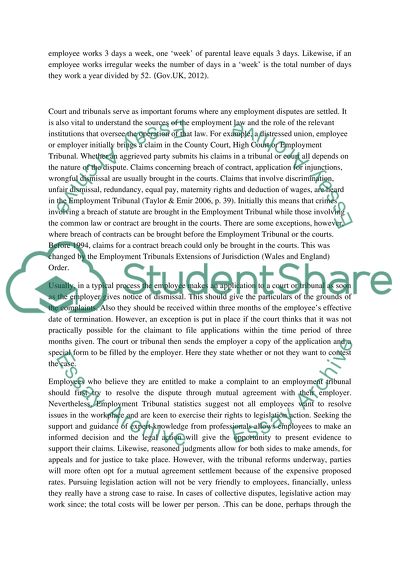Cite this document
(“The roles of courts, tribunals and statutory agencies in regulating Essay”, n.d.)
The roles of courts, tribunals and statutory agencies in regulating Essay. Retrieved from https://studentshare.org/law/1402904-employment-law
The roles of courts, tribunals and statutory agencies in regulating Essay. Retrieved from https://studentshare.org/law/1402904-employment-law
(The Roles of Courts, Tribunals and Statutory Agencies in Regulating Essay)
The Roles of Courts, Tribunals and Statutory Agencies in Regulating Essay. https://studentshare.org/law/1402904-employment-law.
The Roles of Courts, Tribunals and Statutory Agencies in Regulating Essay. https://studentshare.org/law/1402904-employment-law.
“The Roles of Courts, Tribunals and Statutory Agencies in Regulating Essay”, n.d. https://studentshare.org/law/1402904-employment-law.


